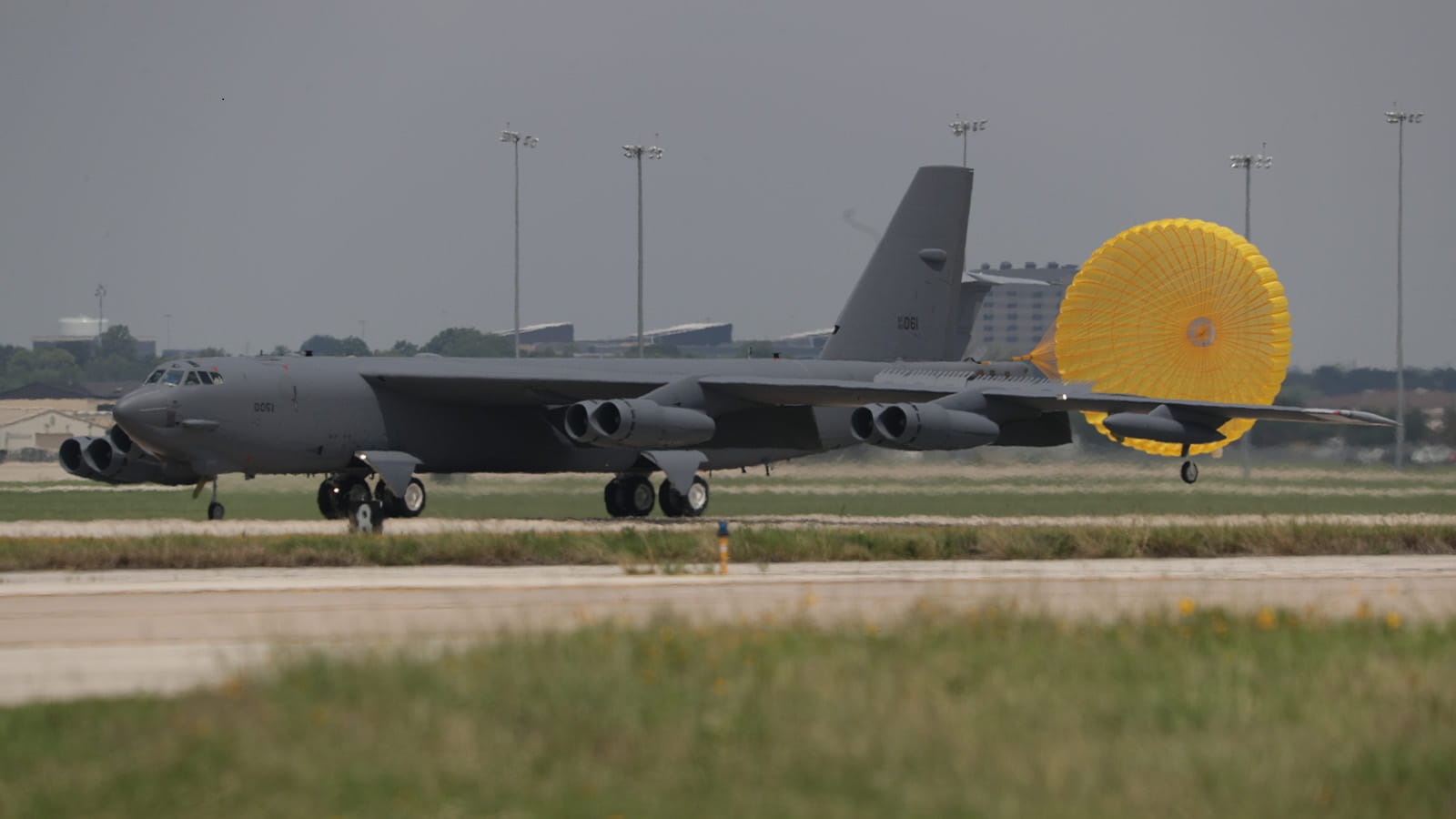Raytheon, an RTX business, delivered the first B-52 active electronically scanned array radar (AESA) to Boeing for the U.S. Air Force’s B-52 Radar Modernization Program. This first radar will be used for system integration, verification, and testing. The B-52’s new radar will enable improved mapping and detection range and increase the number of targets the platform can engage simultaneously. Along with improved modes and capabilities, the AESA radar will help crews see further, more accurately and have increased situational awareness. The advanced radar upgrade will ensure the aircraft remains relevant and mission ready through its lifetime. Production of the radars is taking place in Forest, Mississippi and El Segundo, California. The remaining test-phase radars are expected to be delivered through the summer of 2024.
“This new AESA radar will give the B-52 more capability than it has today and allow for the possibility to enhance access to growth capabilities in the future. A lot of amazing collaboration by our Boeing team, Raytheon and the Air Force made this possible,” said Jennifer Wong, senior director, Boeing Bomber Programs.
“Outfitting the B-52 with an AESA radar replaces its current 1960s radar technology. With an AESA radar on board, the B-52 will gain improved navigation and targeting capabilities in higher threat areas,” says Michelle Styczynski, vice president of Agile Radar Solutions at Raytheon.

Under the contract, Raytheon is designing, developing, and producing the radar systems for the entire U.S. Air Force B-52 fleet. The Boeing B-52 Stratofortress is an American long-range, subsonic, jet-powered strategic bomber. The B-52 was designed and built by Boeing, which has continued to provide support and upgrades. It has been operated by the United States Air Force (USAF) since the 1950s. The bomber can carry up to 70,000 pounds (32,000 kg) of weapons, and has a typical combat range of around 8,800 miles (14,200 km) without aerial refueling. The B-52 shared many technological similarities with the preceding B-47 Stratojet strategic bomber. The two aircraft used the same basic design, such as swept wings and podded jet engines, and the cabin included the crew ejection systems.
Of the overall amount, the Radar Modernization Program alone claims $845.9 million, peaking in ’27 at $271.95 million. Separately—not included in the procurement account—research, development, test, and evaluation associated with the Radar Modernization Program is requested at $371 million, ending in 2026. The RMP procurement funding is to procure 74 radar kits, three training systems kits, and two engineering and manufacturing development kits. The new radar is a variant of the Raytheon AN/APG-79/82, an active, electronically-scanned array (AESA) radar used on the Navy’s F/A-18 Super Hornet fighter. It replaces the APG-166, which the Air Force says suffers from severe “vanishing vendor” issues and parts problems that will make the radar “unsupportable” before 2030. The B-52’s nose-mounted electro-optical blisters will be removed and a new radome installed with the new radar.
















